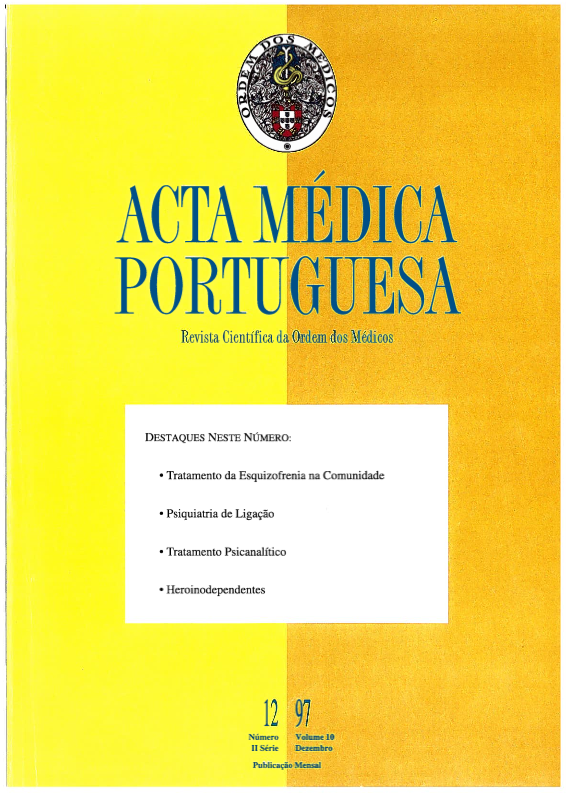Progress in psychoanalytic treatment.
DOI:
https://doi.org/10.20344/amp.2532Abstract
The author considers psychoanalytic treatment to be most effective when based upon an interactive, intersubjective conception of normal and pathological psychic development. By internalizing pathological and pathogenic relationships during childhood, the person builds up a troubled internal relational pattern; it determines his her choices and ensuing relationships and thus perpetuates his her pathology. When it appears in the psychoanalytic relationship this pathological relational style can be analysed and resolved, while a new relationship, promoted by the psychoanalyst, is begun. It aims at fostering the person's development and mental health. This new, healthier relationship is progressively integrated into the patient's everyday life. Consequently the internal relationship pattern itself, through the person's new experiences, changes. Psychoanalysis comes to an end when the new internal relational pattern is consolidated. Therefore the psychoanalytic cure is seen as a process of transformation; and the psychoanalyst is its agent. Therein, the author maintains that counter transference precedes transference and is the driving force of the curing process. The author states that: precedence and priority should be given to counter-transference.Downloads
Downloads
How to Cite
Issue
Section
License
All the articles published in the AMP are open access and comply with the requirements of funding agencies or academic institutions. The AMP is governed by the terms of the Creative Commons ‘Attribution – Non-Commercial Use - (CC-BY-NC)’ license, regarding the use by third parties.
It is the author’s responsibility to obtain approval for the reproduction of figures, tables, etc. from other publications.
Upon acceptance of an article for publication, the authors will be asked to complete the ICMJE “Copyright Liability and Copyright Sharing Statement “(http://www.actamedicaportuguesa.com/info/AMP-NormasPublicacao.pdf) and the “Declaration of Potential Conflicts of Interest” (http:// www.icmje.org/conflicts-of-interest). An e-mail will be sent to the corresponding author to acknowledge receipt of the manuscript.
After publication, the authors are authorised to make their articles available in repositories of their institutions of origin, as long as they always mention where they were published and according to the Creative Commons license.









